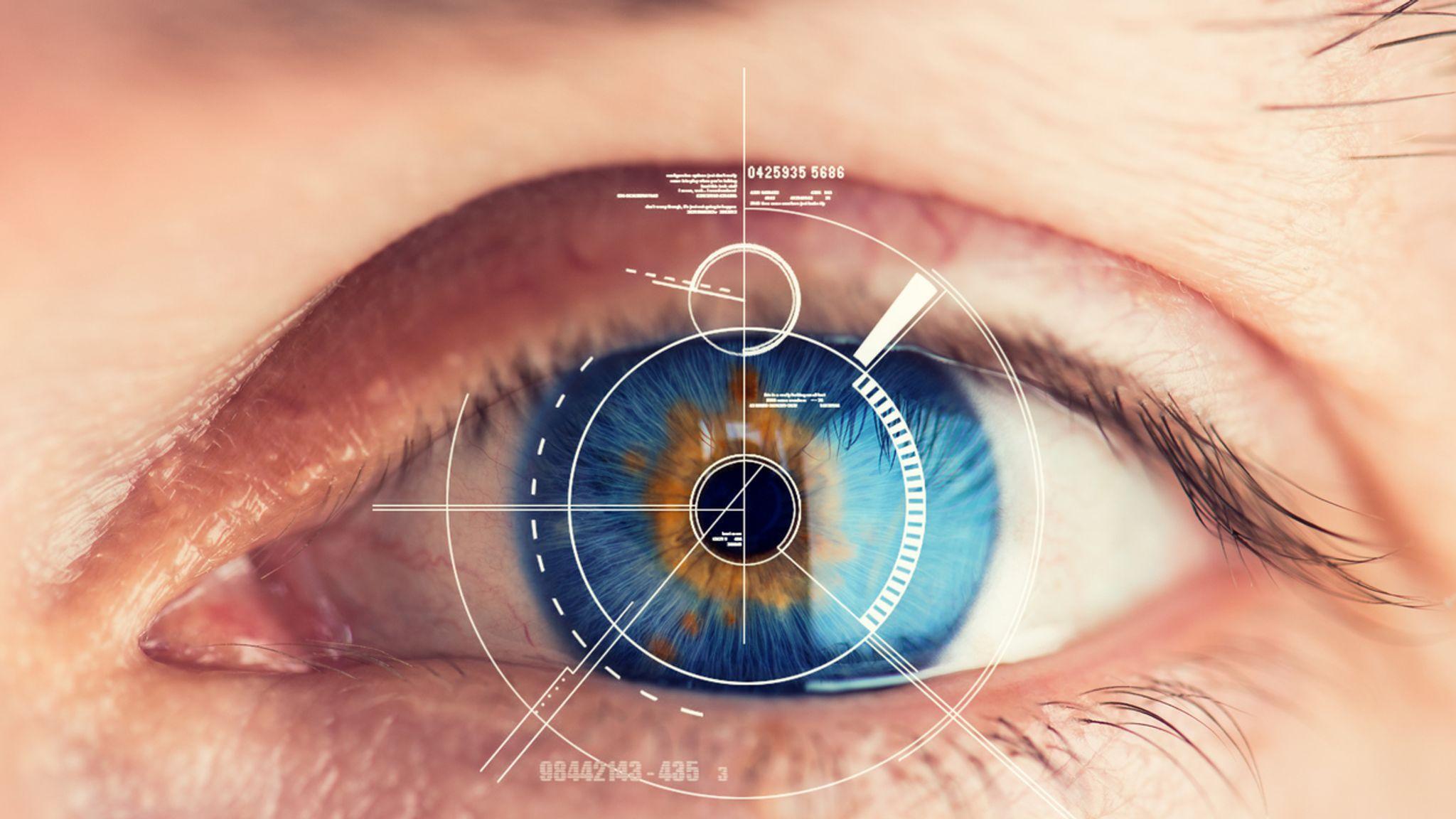Iris recognition is one of the most accurate biometric technologies available today. In this article, we will discuss the basics of iris recognition including how it works, its advantages over other biometric technologies, typical applications and implementations, as well as privacy and security considerations.
How Iris Recognition Works
The iris, the colored part of the eye surrounding the pupil, is unique to every individual. No two irises are alike, not even between identical twins. Iris recognition systems work by photographing the iris using near infrared light and an optical sensor. The detailed patterns within the iris including connective furrows, pits, filaments and freckles are then extracted and encoded into a mathematical representation called an iris code. This iris code is then compared to existing codes within a database to find a match or non-match. The high level of randomness in iris patterns provides an extremely low false acceptance rate.
Advantages of Iris Recognition
Some key advantages that iris recognition has over other biometric technologies include:
- Uniqueness: The iris is one of the most accurate biometric identifiers with over 250 distinct characteristics. It has been estimated the chance of two non-identical irises being identical is roughly 1 in 10^78.
- Permanence: The iris structure is fully formed by 8 months following birth and remains stable for the remainder of a person's lifetime.
- Hygiene: Unlike fingerprints, irises cannot be altered or damaged making the biometric stable and robust.
- Universality: Nearly all humans have irises that are suitable for iris recognition technology.
- Efficiency: An iris scan takes only a few seconds to capture and match the iris code against a database of enrolled irises.
Typical Applications
With its proven accuracy and speed, Iris Recognition sees applications across multiple industries including:
Access Control
Many government, military and corporate facilities now use iris scanners for building access control. Employees simply need to glance at the scanner for entry rather than presenting ID cards which can be lost or stolen. Airports are also implementing iris scanning for border control.
ATMs and Banking
Some banks offer iris-based ATM authentication instead of debit cards for secure cash withdrawals. This improves security by preventing skimming and cloning of magnetic stripe cards. Iris is also used for account opening and transaction verification in branches.
Mobile Devices
Apple introduced iris scanning on the iPhone X for biometric login and app authentication. Other smartphone makers are following suit to allow iris-based payments and digital wallet access directly from the device.
Implementations and Considerations
Most iris recognition systems use near infrared illumination and specialized cameras that can operate in indoor and outdoor lighting conditions. The iris image captured needs adequate resolution to extract the necessary distinguishing features. Matching is done by proprietary iris recognition algorithms against enrolled templates stored in a secured database. Proper onboarding through live iris capture ensures template quality.
Privacy is a key concern with biometric systems in general. Companies implementing iris recognition need to have robust policies in place regarding data access, sharing, storage and subject rights like consent, access and deletion. Deployments also require management of "opt-out" accommodations for those who may not wish to enroll. With responsible implementation and ongoing oversight, iris recognition can deliver secure, frictionless authentication without compromising individual privacy.
Conclusion
As biometric technology evolves, iris recognition stands out for its accuracy and reliability. When coupled with strong security practices, iris scanning enables swift, verified access across a wide variety of applications. With continued advancement and adoption, iris recognition poised to transform identity verification and authentication in the years ahead.
Get more insights on Iris Recognition



